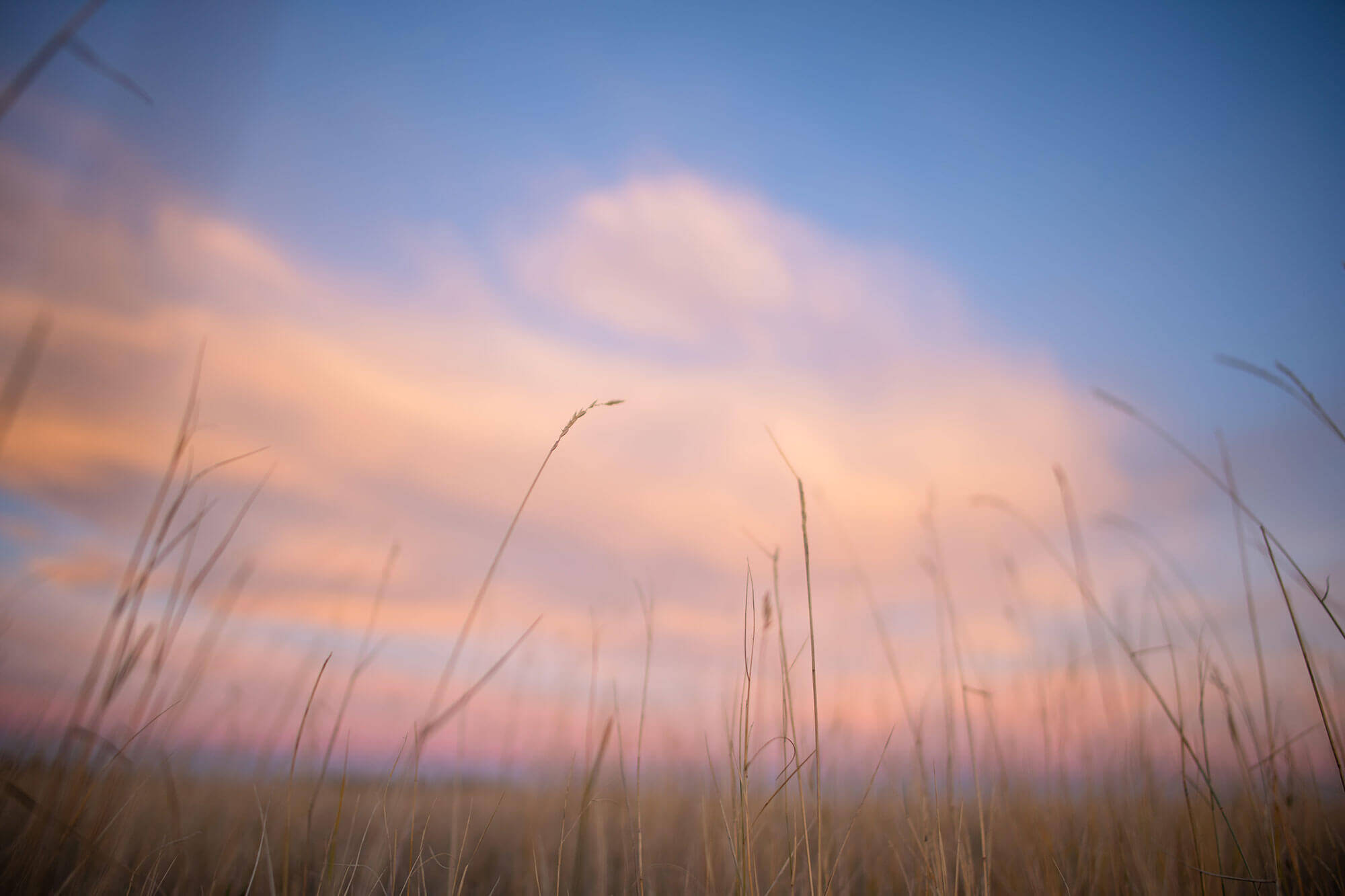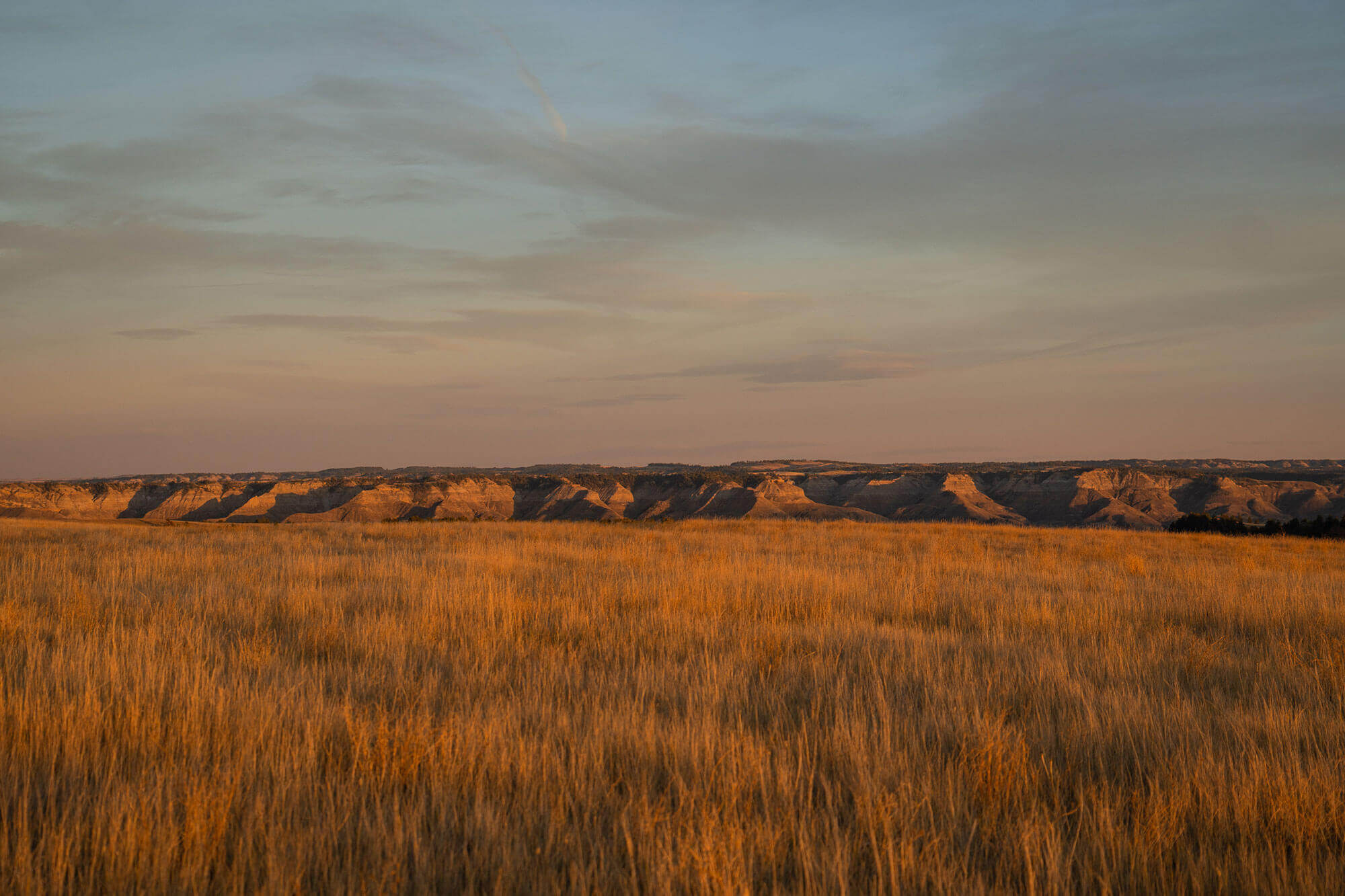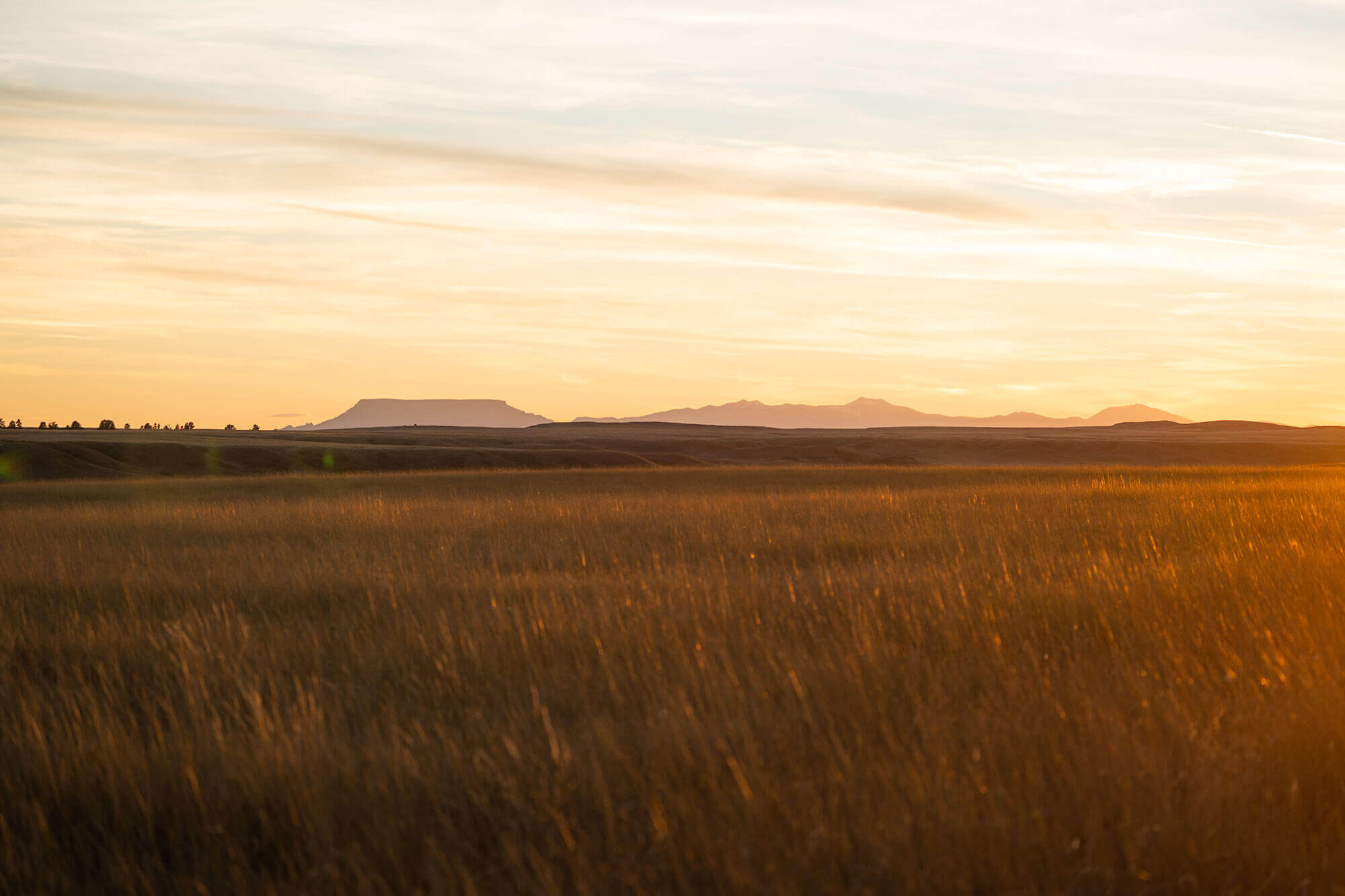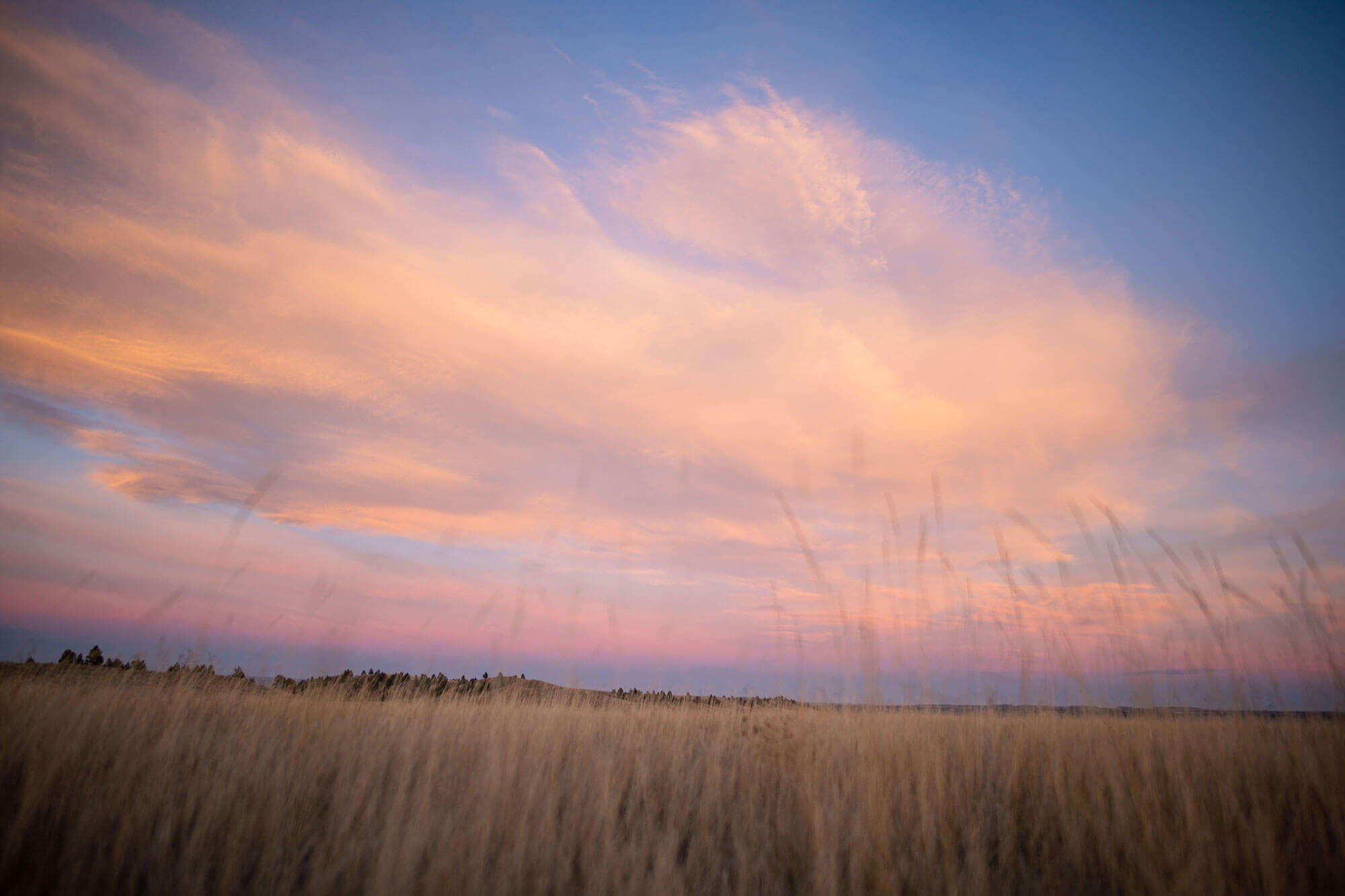American Prairie exists where it does today, because most of the grassland habitat in the region has never been plowed.
The importance of this is hard to understate. The vast majority of the Great Plains, particularly the tall- and mid-grass prairies to the east were tilled into farm ground long ago. Once intact prairie has been plowed, restoration of the complex assemblage of hundreds of plant species, their long-lived and deep root systems, and their nuanced interactions with soil biology (including their ability to sequester carbon) is extremely difficult if not impractical to restore. Intact prairie also supports more biodiversity than formerly tilled and even replanted prairie, making the ambitious rewilding vision of American Prairie for thriving and robust populations of large mammals and migrating flocks possible.
Nevertheless, plowing has taken its toll over the last hundred or so years, and additional prairie acres go under the plow every year. American Prairie has and will continue to acquire plowed, planted, and fallow acres. On average, 2% of the acres we acquire require some kind of reseeding. The need to restore these acres is part of our mission, in and of itself. It is also a viable strategy for rewilding, as every restored acre supports more wildlife than it otherwise would, even as it recovers.
Restoration of previously tilled land increases the heterogeneity of the landscape. Reseeded areas are first colonized by pioneer plant species that are typically annual or biennial plants. These early succession plant species have the highest degree of adaptation to harsh growing conditions and grow quickly to utilize open space, water, and sun and reproduce most often by seed. Once the pioneer plants have established themselves and modified the microclimate, the later successional plant species begin to establish themselves. These are usually perennial plant species that take longer to establish themselves and grow at a slower pace than annual or biennial plants. Once these perennial plants become firmly established with deep root systems, there is less bare ground for annual plants to inhabit. The change in biodiversity and soil surface cover over time provides a variety of habitats to be utilized by insects, birds, and mammals for nesting, food, and travel.
Our staff works to restore land with the goal of returning a diverse combination of native grasses, shrubs, and wildflowers. A custom seed mix has been developed with the help of the Malta NRCS and a regional supplier. Staff monitors the progress at restoration sites and continues to convert vegetation to more native species.









